What Goats Really Eat, With Grazing Menu Tips to Benefit Your Ranch
It may not be literally everything, but the pesky brush species goats do eat make them a powerful land management tool. Here are tips for making their diet work in your favor.
Goats are the Swiss Army knife of grazers—they offer a diverse selection of land management tools for those willing to navigate their complexities. One twist for many is that goats are surprisingly picky about what they eat.
“They are very selective and delicate grazers,” says Joe Pokay, Noble Research Institute general ranch manager. “They move across the landscape browsing their preferred plants first before returning to eat less-desirable species later.”
The power of goats for land management purposes is rooted in the fact that brush is at the top of their grazing preference sheet. They eat well at Oswalt Ranch, one of seven Noble Ranches. Only about 50% of the 5,100-acre ranch can be grazed by cattle, due to aggressive brush encroachment. Pokay and his team are working out how they can best integrate goats to use the landscape as it is, to slow or stop brush encroachment, and to regenerate grasslands.
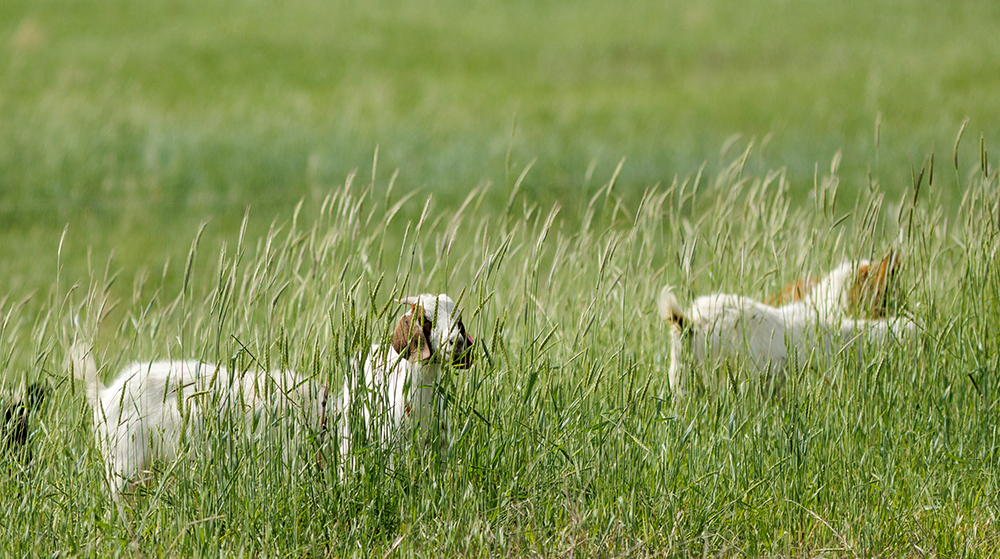
Selective Grazers
Pokay has had two years to observe goat grazing behavior in an intensive rotational grazing system. When turned into a new paddock, goats target their preferred brush species first and avoid some brush entirely.
“They don’t like blackberries. I thought they would eat the blackberries first, but unfortunately, it’s the last thing they’re interested in,” Pokay says. They will eat blackberries when other options are exhausted, but the fence better be tight to keep them on task.
Higher on the menu are plenty of other aggressive brush species, including greenbrier, sumac, honey locust, persimmon and elms.
“They really like sericea lespedeza, which is another significant problem woody species, so we’re excited about that,” he says.
Timing determines goats’ preference for some species. In the case of sumac, Pokay observed the goats would ignore the plant early in the grazing season when the plant’s leaves were green and waxy. When leaves dried out later in the year, sumac is one of the first things they seek out, he says.
Stocking rate and rotation strategies need to account for the fact that while goats prefer brush, they will eat forbs and grass, too. If the goal is to leave grass for cattle or restoration purposes, goats need to be rotated to new pastures before their preferred foodstuff runs out.
“We learned that the hard way,” Pokay says. When deciduous trees dropped their leaves in the fall, the Oswalt Ranch goat herd quickly switched to eating grass. “The carrying capacity was cut in half once the leaves dropped. Brush leaves make up at least 50% of the forage base for goats, so you have to think ahead and plan for that.”
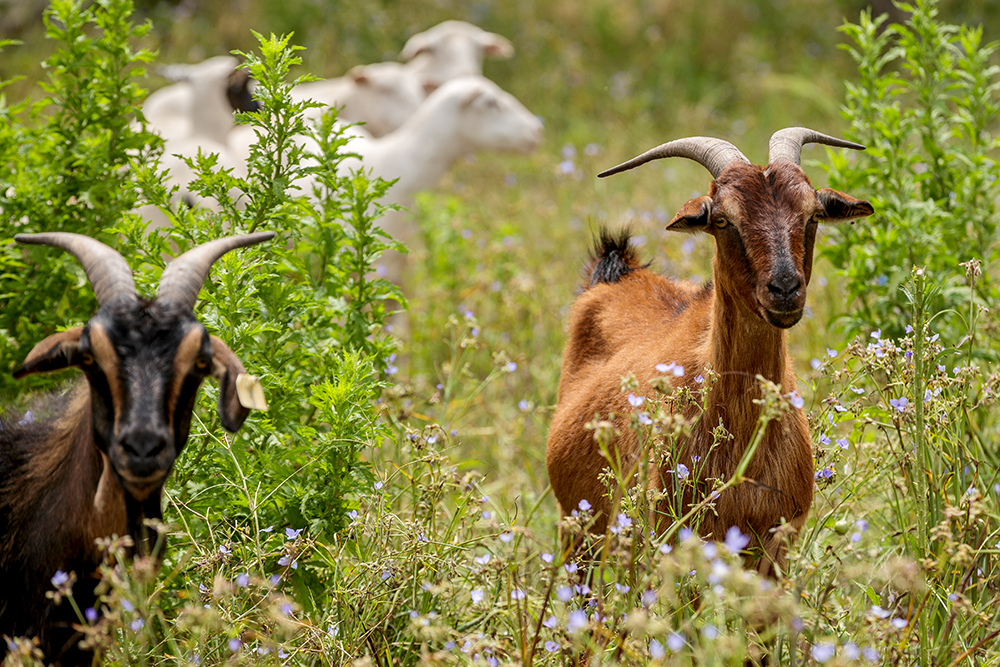
Maximizing Potential
On the Oswalt Ranch—as on many ranches in the region—brush encroachment is a major problem.
“If grazing management isn’t appropriate, or brush is not intensively controlled, brush will take over,” Pokay says. Regular fire used to hold the system in balance, he says, but decades of fire suppression and improper grazing practices have given brush the advantage. “The land is trying to cover itself so it can heal.”
Pokay sees goats as a grazing tool that can use existing brush as a resource while also improving grazing for other livestock.
In a rotation system, he prefers running goats and cattle together. Labor is used more efficiently, in that there’s only one water supply and one area of fencing to maintain at a time. Pastures can be fully utilized and then fully rested when the mixed herd moves on.
“Diverse pastures should have diverse livestock. When you’re a mono-livestock operation, you’re missing the opportunity to capture more value from the same acres,” he says.
In a mixed herd, goats use the brush as forage, which clears the path for cattle to gain access to grass intermixed with the woody species. They can browse brush up to 4 or 5 feet from the ground, opening paths for cattle to graze and access shade.
“I love watching goats graze. When you turn them out in a new pasture, they’ll climb on the trees, pull limbs down and jump on each other’s backs to browse higher,” Pokay says. “There’s great synergy between cattle and goats.”
When pasture reclamation is the goal, concentrating the goat herd to hit small sections of brush hard can yield quicker results.
In 2022, they used 500 goats to intensively graze 10-acre paddocks of mulched brush regrowth on one-week intervals. They built smaller paddocks to further concentrate grazing but building 3-wire polywire fences in challenging conditions meant larger paddocks. Moving goats once a week seemed to find the balance between labor efficiency, grazing density, and overall goat health and performance.
“Before mulching, these areas were impenetrable walls of greenbriers, thorn trees and vines. Livestock wouldn’t go in there, and the ground was completely shaded, preventing grass from growing,” Pokay says. The mulched brush produced aggressive regrowth. “The goal was to have the goats eat all the regrowth and set it back again to give grass a chance to out-compete the brush.”
Goats grazed each 10-acre paddock for one week before rotating to the next. They were able to graze down the regrowth, however the brush did produce additional regrowth once goats rotated to the next paddock. Pokay says they potentially would have had greater long-term impact on the brush if they had rotated back to the paddocks again more quickly.
“The regrowth was overwhelming. It was very challenging to fully utilize it with the number of goats we were using. It’s also a balance. The goal is to set the brush back, so we want to take all the brush, but aggressive intensive grazing affects grasses and forbs too,” he says.
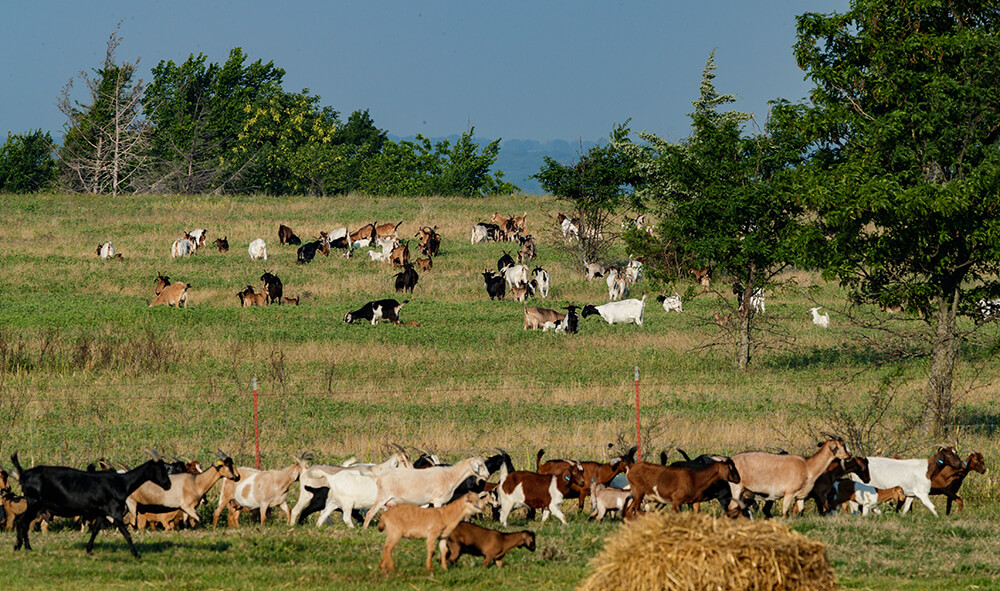
Challenges And Benefits
Adding goats to the Noble Ranches grazing system has presented numerous challenges for Pokay and his crew to navigate, including:
- Fencing
- Cost management and cash flow
- Parasite management
- Maintaining enough numbers to have meaningful impact on brush.
Grazing the 10-acre paddocks proved goats could be held at a high density with polywire electric fences. Goats were kept in a training paddock with a permanent net fence before moving to the three-wire polywire system in the regrowth areas. Once feed runs short, though, the fence isn’t as effective, Pokay says.
Training goats to electric fence and running them with cattle helps maximize labor efficiency for goat management. Predation is a concern during birthing, so guardian dogs are often needed. Parasites can also result in significant losses if not managed properly. For goats and hair sheep, a good mineral program including ample copper can help with parasites and overall health, Pokay says.
The benefits of adding goats to the grazing system are worth the extra work, he says, thanks to:
- Multiple species grazing to more fully utilize a diverse landscape.
- Providing an additional income stream
- Natural brush management
- Nutrient-spreading through manure
Goat manure uniquely benefits grazing systems. Instead of concentrating nutrients in one large pat like cattle, goats spread pellets of manure throughout the landscape, resulting in a broader impact. Pokay anecdotally noted improved grass production where goats have grazed.
Pokay and his team continue to work out the best strategies for capitalizing on the benefits goats offer while navigating the challenges. To get more impact on more acres, they’ve leased out brush grazing to another goat producer to increase the number of goats. Leasing or running stocker goats is appealing, as Pokay says it helps better match their environment. Goats can graze all summer, then either the grazing lease season ends, or the goats are sold when the leaves — and carrying capacity — drop in the fall.
“Adding goats is not free money, but it’s close. You have to work to get along with them, and you need to use resources efficiently,” he says.
For more on using goats for brush encroachment and more, see:
Adding 500 Goats to Our Ranch – Regenerating the Ranch Ep 5
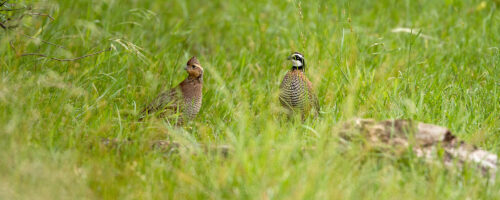
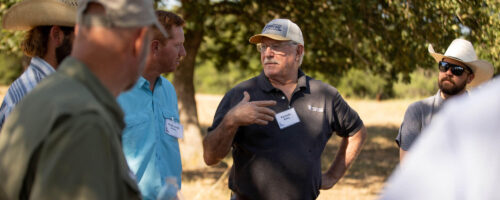
Comment
Leave a Reply
3 comment on: "What Goats Really Eat, With Grazing Menu Tips to Benefit Your Ranch""

Gary Grose
August 8, 2023Well Done, enjoyed the read. I would ask that you look into helping our pollination field forces as well. They 2 are part of the big picture!
Thank each one of you, for your hard work and understanding!
Gary Grose.
Clay Riales
August 13, 2023We recently enlisted Goats on the Go to clear away the brush from an old cemetery. After three weeks, they had eaten the leaves off of almost everything in there except for a dark green ground cover-type plant. I had heard one of the other volunteers identify it as “vinca”. I don’t know that’s what it is for sure, but the goats were strictly avoiding it. If anyone might be interested in helping to identify it – for potential use as an erosion prevention (and goat proof!) tool in shady areas, creek banks, etc. – let me know and I can pass along some pictures.
mike wallace
August 25, 2023Well written article. Been using them for many years with sheep and cows. Have eliminated cedar encroachment, except under electric fences.